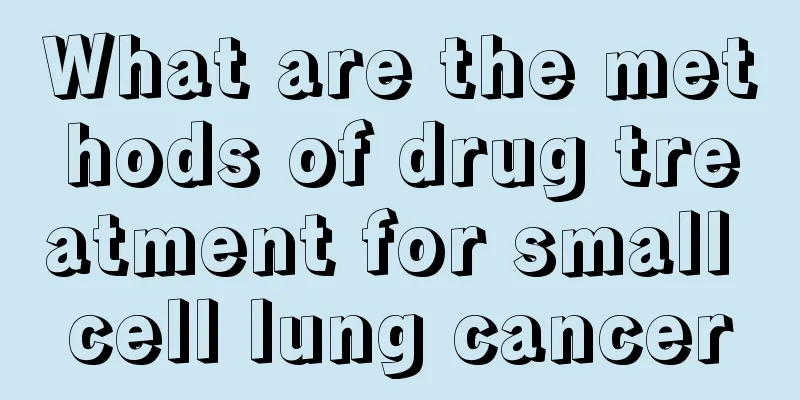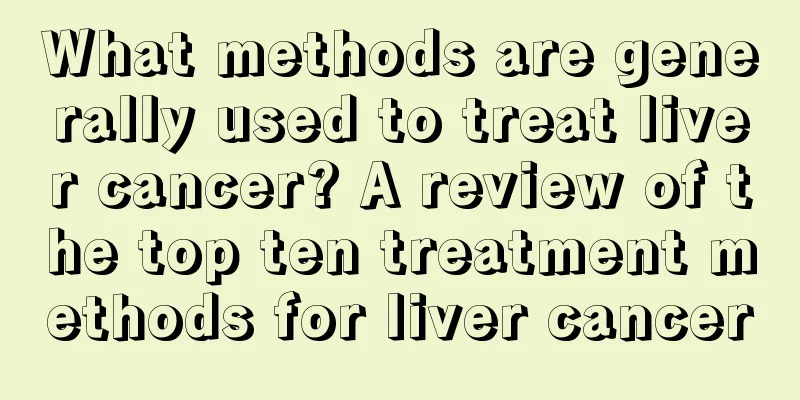What are the methods of drug treatment for small cell lung cancer

|
What are the ways to treat small cell lung cancer with drugs? Many people choose to take medicine as the first treatment method after they get sick, because this is a relatively simple and convenient method, but can taking medicine really treat this disease? Let's learn about the ways to treat small cell lung cancer with drugs! Limited stage: The lesion is located in one half of the chest cavity and can be safely surrounded by a radiation field. Only less than 5% of patients can receive surgical treatment, and the rest should be given synchronous chemotherapy + radiotherapy, except for those without lymph node metastasis, who need chemotherapy alone. Chemotherapy regimen: Cisplatin + Etoposide. If cisplatin is not tolerated, carboplatin can be substituted. Radiotherapy starts in the first or second cycle; the dose can be twice a day, 1.5Gy/time, cumulative 45Gy; once a day, 1.8-2.0Gy/time, cumulative 60-70Gy. Extensive stage: lesions extend beyond one half of the chest cavity, including malignant pleural effusion or pericardial effusion or blood metastasis. If combined with local symptoms, such as superior vena cava compression, pulmonary infarction, bone metastasis, spinal cord compression, chemotherapy +/_ radiotherapy should be given. If patients with brain metastases have brain symptoms, radiotherapy + chemotherapy is given; otherwise, chemotherapy first and then radiotherapy. Chemotherapy regimen: cisplatin + estoplatin, carboplatin + estoplatin, cisplatin + irinotecan, carboplatin + irinotecan, cyclophosphamide + doxorubicin + vincristine. Patients with recurrence and metastasis who relapse within 2-3 months and are in good physical condition can be treated with cyclophosphamide, taxanes, gemcitabine, irinotecan, and topotecan. Patients who relapse within 3-6 months can be treated with topotecan, irinotecan, cyclophosphamide + doxorubicin + vincristine, gemcitabine, taxanes, oral etoposide, and vincristine. Patients who are over 6 months old can continue with the original regimen. What details should we pay attention to? 1. Foods that easily cause phlegm should not be eaten Lung cancer patients should avoid greasy and phlegm-producing foods, such as various fatty meats, desserts, bread, cheese, etc. No matter how much the patients want to eat these foods, they cannot touch them. Eating them can easily cause a large amount of phlegm to form in the throat, which cannot be coughed out, making the patients feel very uncomfortable. 2. Quit first-hand and second-hand smoking Existing data show that smoking is the biggest cause of small cell lung cancer, so patients must quit smoking and try to avoid secondhand smoke. 3. Eat more fresh vegetables and fruits Many vegetables contain a lot of anti-cancer ingredients, which can help patients inhibit the proliferation of cancer cells. Anti-cancer foods teach you how to face cancer. At the same time, patients should also take some foods containing vitamins, such as various fruits, which can help patients restore their body functions and immunity. |
<<: What is the best treatment for small cell lung cancer
>>: Can small cell lung cancer be detected?
Recommend
Gout recurs for a month
Gout is a very common disease among middle-aged a...
How to perform interventional treatment for lung cancer? A minimally invasive surgery
Interventional treatment for lung cancer patients...
Kidney deficiency facial swelling
When kidney deficiency occurs, the patient will d...
How to deal with feet scalded by boiling water?
Scalding your feet with boiling water is one of t...
What are the benefits of fumigating a room with mugwort leaves
The room needs to be ventilated frequently to red...
Traditional Chinese medicine treatment of skin squamous cell carcinoma
Skin cancer can be divided into several types acc...
How many days after drinking can you have a physical examination
Drinking alcohol will affect the results of the e...
What are the symptoms of being unable to walk
When elderly people reach a certain age, their bo...
How to treat the precursors of myocardial infarction
If we want to effectively avoid and reduce the ha...
How to prevent bladder cancer
Bladder cancer is a common type of cancer in life...
Which department should I go to for dizziness
Many symptoms in people's bodies cannot direc...
What causes pain on the left side of the chest?
What is the cause of pain on the left side of the...
Can't drink milk after thyroid surgery
The thyroid gland can secrete thyroid hormones to...
The purpose of oxygen atomization inhalation
Nebulization is a good method for treating pharyn...
Tips on how to remove peach pits
Peach is a very common fruit in our lives. Peache...









